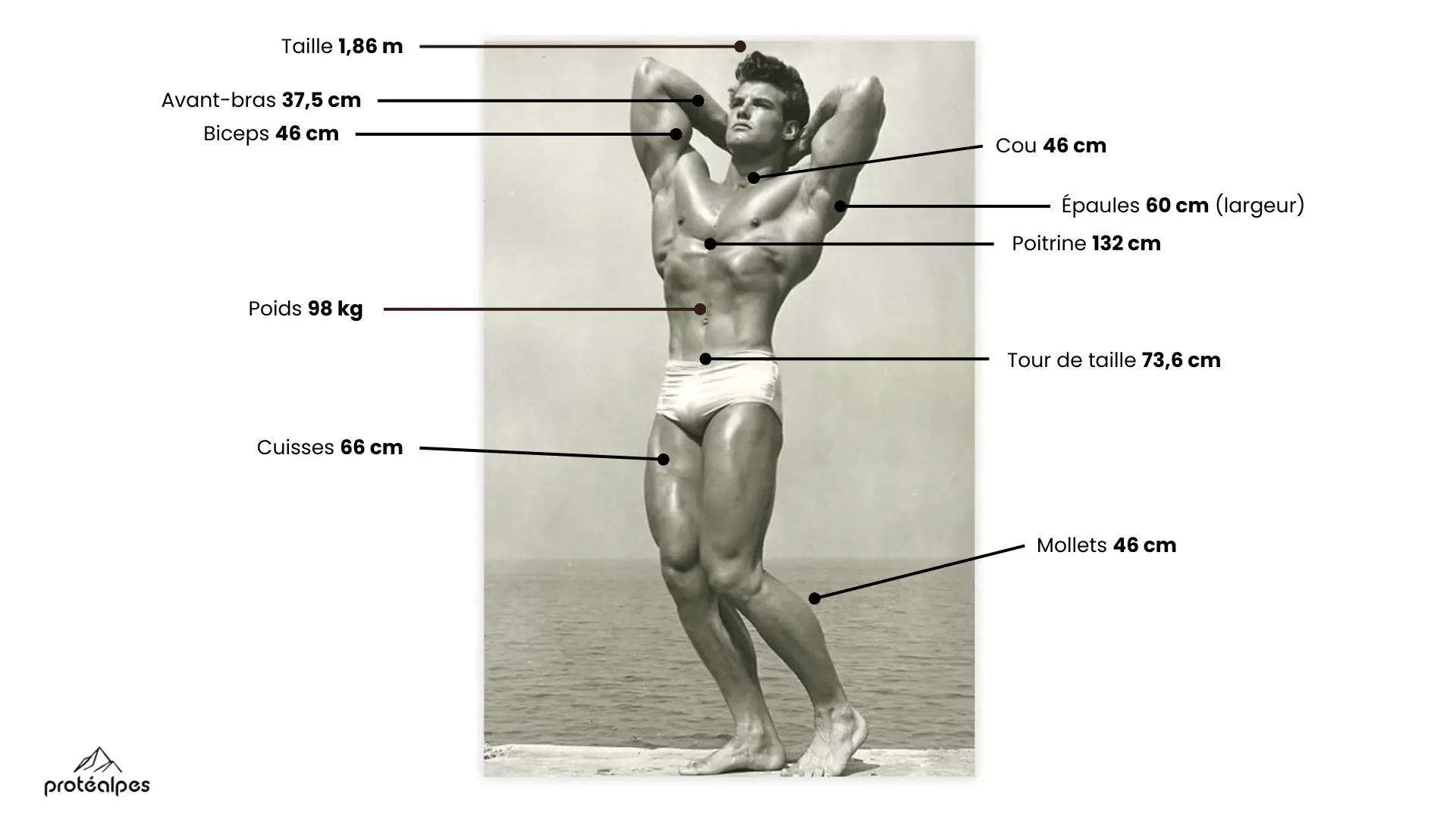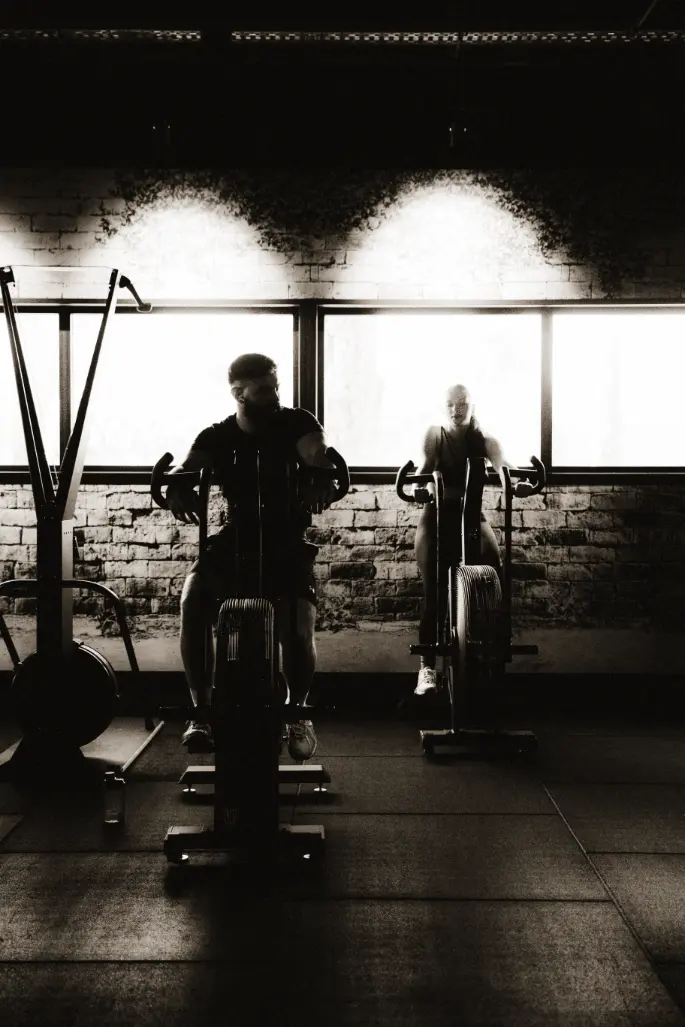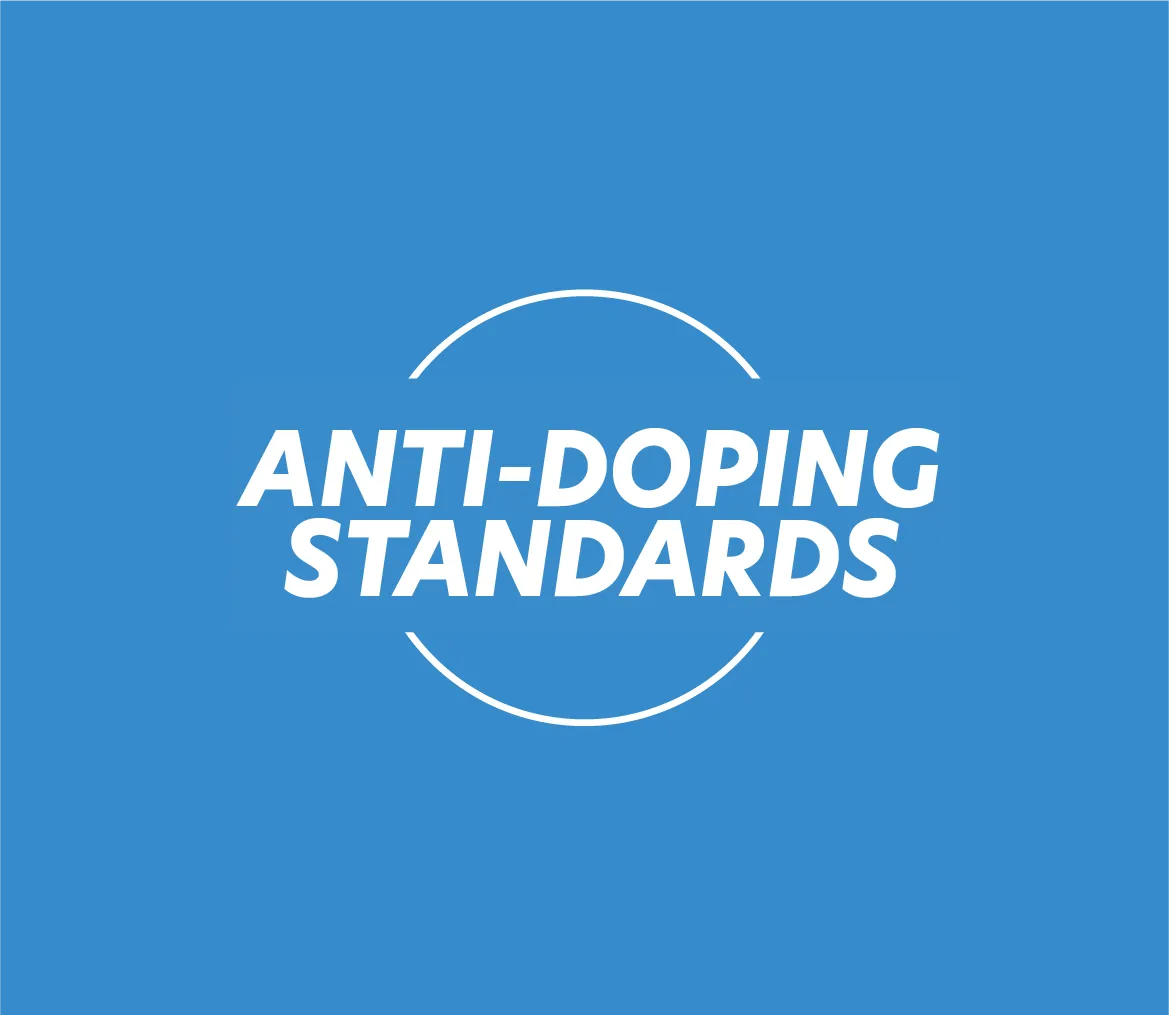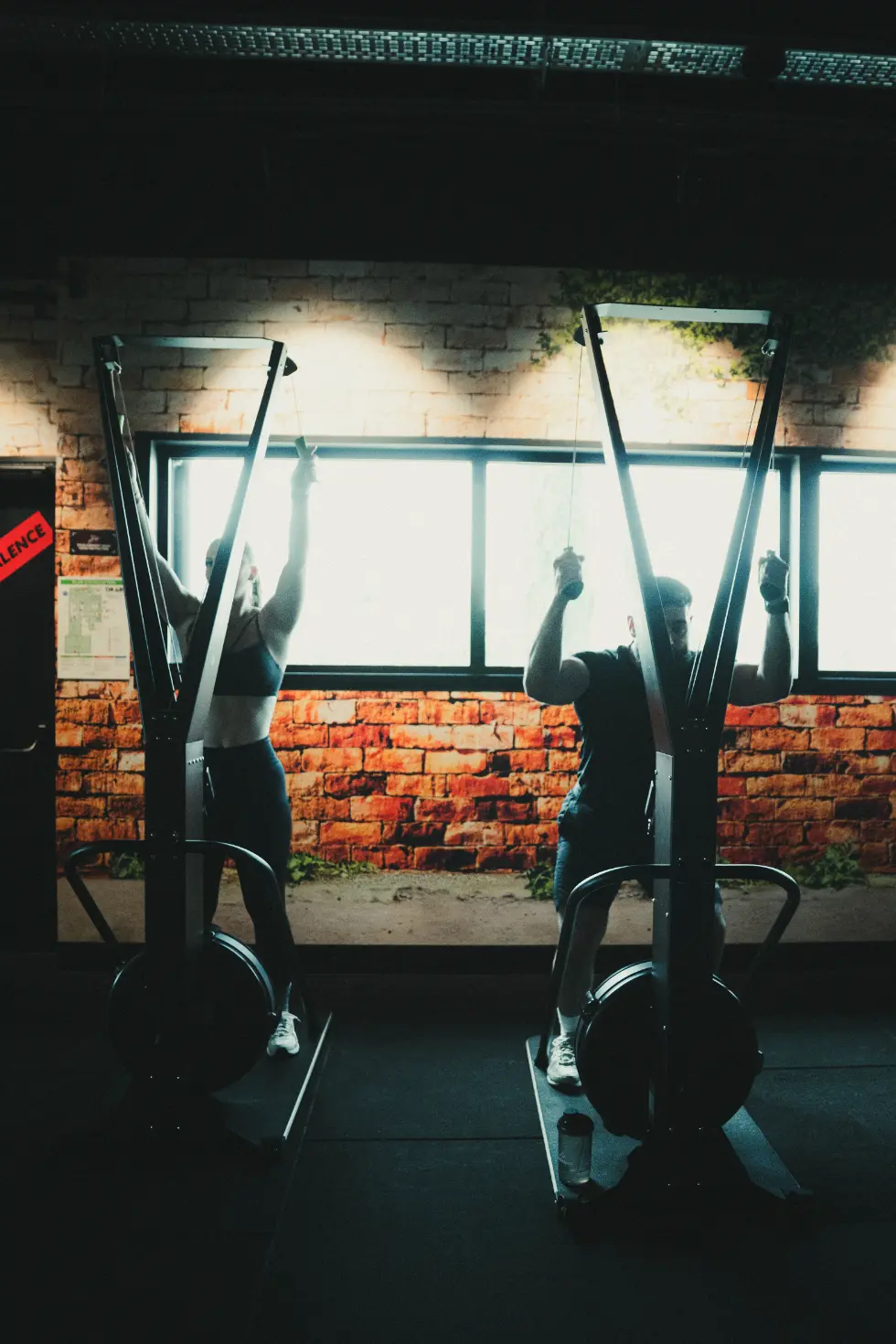Since the 1960s, the bodybuilding world has been fascinated by the idea of being able to mathematically predict "perfect" body measurements. Formulas bearing the names of legendary figures such as Steve Reeves, John McCallum or Casey Butt promise to reveal your maximum muscular potential from a few simple measurements.
The appeal of these calculators lies in their apparent simplicity: take a tape measure, enter your wrist, waist or ankle circumference, and instantly discover the measurements you "should" be achieving. Some even claim to be able to predict your theoretical maximum weight or optimal arm circumference with near-scientific precision.
But what are these formulas really worth? Are they based on sound science, or are they more the stuff of bodybuilding folklore? Can they serve as reliable targets for your progress, or do they risk creating unrealistic expectations?
In this in-depth analysis, Protéalpes examines the three main methods used to calculate "ideal" measurements, exploring their historical origins and revealing their scientific limitations.
The first obvious bias is the gender of the individuals observed for the design of all these formulas. Ideal female measurements are never considered:
- Casey Butt: men-only formulas
- John McCallum: ditto, men only
- Steve Reeves: 50s male model
Extrapolations of Steve Reeves' measurements

Size extrapolator based on Steve Reeves
Select a reference feature and your own measurement to see an extrapolation based on Steve Reeves' proportions
| Body part | Steve Reeves (186 cm) | 170 cm | 175 cm | 180 cm | 185 cm | 190 cm | Your profile (180 cm) |
|---|---|---|---|---|---|---|---|
| Size | 186 cm | 170 cm | 175 cm | 180 cm | 185 cm | 190 cm | 180 cm |
| Weight | 98 kg | 89.5 kg | 92.2 kg | 95.0 kg | 97.7 kg | 100.4 kg | 95.0 kg |
| Shoulders (width) | 60 cm | 54.8 cm | 56.5 cm | 58.1 cm | 59.7 cm | 61.3 cm | 58.1 cm |
| Neckband | 46 cm | 42.0 cm | 43.3 cm | 44.5 cm | 45.8 cm | 47.0 cm | 44.5 cm |
| Chest circumference | 132 cm | 120.6 cm | 124.4 cm | 128.1 cm | 131.9 cm | 135.7 cm | 128.1 cm |
| Waist circumference | 73.6 cm | 67.3 cm | 69.4 cm | 71.4 cm | 73.4 cm | 75.5 cm | 71.4 cm |
| Hip circumference | 96.5 cm | 88.2 cm | 91.0 cm | 93.7 cm | 96.4 cm | 99.2 cm | 93.7 cm |
| Biceps circumference | 46 cm | 42.0 cm | 43.3 cm | 44.5 cm | 45.8 cm | 47.0 cm | 44.5 cm |
| Forearm circumference | 37.5 cm | 34.3 cm | 35.4 cm | 36.4 cm | 37.4 cm | 38.4 cm | 36.4 cm |
| Thigh circumference | 66 cm | 60.3 cm | 62.2 cm | 64.0 cm | 65.9 cm | 67.7 cm | 64.0 cm |
| Calf circumference | 42 cm | 38.4 cm | 39.6 cm | 40.8 cm | 42.0 cm | 43.2 cm | 40.8 cm |
Important: This extrapolation assumes a simple linear relationship and does not take into account biological reality. Steve Reeves was an elite athlete with exceptional genetics. These values do not represent realistic goals for the majority of athletes.
John McCallum's formula: a backbone approach
John McCallum was a famous Canadian writer and fitness coach of the 1960s-1970s. He developed his own method for determining "ideal" body measurements based on a person's bone size, which he estimated using the circumference of the wrist.
His theory was based on the idea that wrist size reflects overall bone structure and can therefore be used as a basis for calculating optimal muscle proportions.
This method has never been scientifically validated. It is based on empirical observations from the 1960s, and assumes a correlation between wrist size and overall muscular potential, which is unproven. These values are not realistic targets for the majority of exercisers.
John McCallum calculator
Calculate your "ideal" measurements using John McCallum's method based on your wrist circumference.
Your measurements according to McCallum
Casey Butt's formula: a "scientific" approach
Casey Butt is a bodybuilding expert who has spent years studying the bodies of professional athletes and bodybuilders to understand what factors influence muscle size and shape.
He developed a series of mathematical formulas to determine the ideal measurements for each individual, based on their morphology and genetics.
These formulas take into account several variables, such as bone size, fat mass distribution and muscle density. They enable us to estimate an individual's maximum potential for muscular development, as well as his or her ideal measurements for a harmonious, balanced physique.
Casey Butt calculator
Calculate your maximum muscular potential using Casey Butt's formulas
Your maximum muscular potential
Important: These formulas are based on the analysis of bodybuilding champions whose "natural" status is questionable.
They represent a theoretical maximum potential attainable only by a tiny minority of people with exceptional genetics. Do not use them as realistic personal goals.
The scientific limits of "ideal" measurement formulas
Casey Butt and John McCallum 's formulas are popular in the fitness world for estimating muscle potential, but their scientific validity has major flaws that it's essential to understand.
Casey Butt's formula: a biased sample
The major flaw: data contaminated by doping.
After extensive research, Casey Butt's formula has a fundamental bias: the data is based on bodybuilders who have used anabolic steroids.
Although the analysis covers around 300 so-called "natural" bodybuilding champions from 1947 to 2010, Casey Butt has actually examined champions of highly questionable natural status such as Reg Park and Steve Reeves.
The approach therefore has several methodological limitations:
- Sampling biased towards the genetic elite: the data come exclusively from champions, representing less than 0.001% of the population
- Suspiciously over-adjusted: formulas include inconsistent variables such as ankle size to calculate maximum arm size, which makes no physiological sense whatsoever
- No cross-validation: no verification on diversified populations or lambda practitioners
- Questionable reproducibility: Casey Butt's research has not been independently reproduced
John McCallum's formulas: folklore without science
Unlike Casey Butt, who at least attempted a quantitative approach, John McCallum never published an empirical study to validate his formulas.
An influential columnist for "Strength & Health" magazine in the 1960s-1970s, McCallum was a mysterious figure who sent his articles by mail without any direct interaction.
Worse than Casey Butt, McCallum's approach lacks any scientific validation
McCallum formulas (based on wrist circumference):
- Chest = 6.5 × Wrist circumference
- Waist = 70% of chest
- Hips = 85% of chest
- Thighs = 53% of the chest
- Neck = 37% of chest
- Arms = 36% of chest
Major flaws :
- Unproven hypothesis: assumes a strong correlation between wrist size and all other bones, without any scientific evidence.
- Anecdotal observations: based solely on the observation of a few champions in the 60s, not on a rigorous methodology.
- Total lack of validation: no study has ever confirmed the relevance of these ratios.
- Individual variability ignored: does not take into account morphological differences between individuals
Your morphotype makes these formulas even less relevant.
All the formulas for ideal body measurements - Reeves, McCallum, Casey Butt - are based on the implicit idea that all bodies have the same genetic and morphological basis, which is false.
If we take the example of an ectomorph (thin bones, long limbs, fast metabolism), the starting morphology directly conditions :
- Muscle volume potential: an ectomorph will find it much harder to achieve the "ideal" body measurements defined by mesomorph bodybuilders.
- Speed of progression: their mass gain is generally slow, making theoretical short-term objectives unrealistic.
- Interpreting the results: a 38 cm arm on a very dry, well-proportioned ectomorph can look just as impressive as a 42 cm arm on a mesomorph.
The scientific verdict
These formulas are more the folklore of bodybuilding than science.
As expert Mark Rippetoe points out, "the main value of McCallum's stories lies in their basic 'lift heavy/eat heavy' message, not in the particular details of his formulas."
In practice :
- They can give a very general idea of the proportions
- They have no more value than an estimate based on observation.
- They should never be used as rigid objectives or absolute references.
- Individual genetics remain the main determining factor
Recommendation: use these formulas only as a very approximate starting point, but concentrate on your personal progress and harmonious development rather than on achieving theoretical measurements with no sound scientific basis.
Why "ideal measurements" are hardly actionable
The idea that "ideal" measurements can be determined with a few simple variables like wrist circumference or height is dangerously reductive.
This approach ignores the extraordinary complexity of human muscle development and can create unrealistic expectations.
Factors ignored by the formulas
Individual training history
Two people with identical bone measurements can have radically different muscular potentials, depending on their background.
A former top-level swimmer will have developed neuromuscular adaptations and a recovery capacity that someone starting out at 30 will never have. Yet the formulas treat these two profiles identically.
Hormonal balance, the invisible factor
Hormonal imbalances are probably the most underestimated factor:
- Testosterone: natural variations from 300 to 1000 ng/dL completely change muscle potential
- Chronically high cortisol: drastically limits protein synthesis, regardless of bone size
- Thyroid dysfunction: affects metabolism and recovery capacity
- Insulin sensitivity: determines the effectiveness of nutrition for muscle growth
Structural injuries and asymmetries
A displaced shoulder, mild scoliosis or postural imbalances can limit the development of certain muscle groups.
The formulas assume that the body is perfectly symmetrical and functional, which is extremely rare in the real world.
Genetics at the microscopic level
- Type of muscle fibres: some people naturally have more fast-twitch fibres (volume potential), others more endurance fibres.
- Muscle insertion points: determine muscle length and aesthetic potential
- Epigenetic factors: gene expression can be modified by the environment, stress and diet.
Variability in response to training
Research shows enormous variability in response to training. In the largest study to date (Hubal et al., 2005) involving 585 participants undergoing 12 weeks of identical training, muscle mass gains varied from -2% to +59%, with around 6% of subjects showing virtually no gain in muscle size.
This enormous variability does not depend on bone size, but on complex genetic factors that are still poorly understood.
Evolution with age
The formulas do not take age-related metabolic changes into account:
- After age 30: progressive decline in testosterone and growth hormone
- Changes in body composition: natural tendency to lose muscle and gain fat
- Reduced recovery capacity: direct impact on training frequency and intensity possible
Selection bias
These formulas are based on champions, i.e. less than 0.001% of the population.
It's like determining the "ideal" size based solely on professional basketball players. For 95% of basketball players, these formulas drastically overestimate real potential.
The illusion of precision
Claiming that a wrist circumference of 17 cm corresponds exactly to an arm of 42 cm gives a false impression of exact science. In reality, the margin of error is enormous, and exceptions are the norm, not the exception.

A more realistic approach
Rather than aiming for theoretical measurements, focus on :
- Your personal progress: are you stronger than you were 6 months ago?
- Muscular balance: are you developing harmoniously without blatant imbalance?
- Functionality: does your body allow you to do what you want in life?
- Personal perception: do you like your body?
Every body has its own unique potential. Someone with fine bones can develop an impressive physique with exceptional definition, even if their raw measurements remain modest. On the other hand, someone with a massive frame may appear less muscular despite his or her substantial measurements.
Using these formulas as strict objectives can lead to :
- Frustration and abandonment
- Dangerous behavior (doping, overtraining)
- Body dysmorphia
- Losing sight of the real benefits of training (health, well-being, functional strength)
In conclusion, these formulas can serve as a very rough point of reference, but they should never dictate your goals. Real potential lies not in an equation, but in consistent training and acceptance of genetic individuality. And Protéalpes is here to help athletes maximize their potential without jeopardizing their health.
And what about female measurements?
As we saw at the start, most of the formulas here focus on men. This is a major blind spot, but there are a few modern modern equivalents for women.
The latter are more in the form of aesthetic ratios (WHR, Venus Index, X-frame) than detailed anthropometric formulas like McCallum or Casey Butt.
Academic research has focused mainly on the waist-to-hip ratio ~0.7 as a universal criterion of attractiveness, but fitness has extrapolated to create more comprehensive standards (Venus Index in particular).
Venus Index calculator
John Barban's formula for women's fitness based on "ideal" size ratios
The Venus Index, like other "ideal measurements" formulas, has no scientific validation.
These ratios are purely theoretical and completely ignore women's natural morphological diversity. They can encourage unrealistic goals and body dysmorphia. There's more to you than mathematical measurements.













